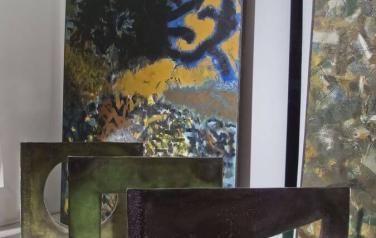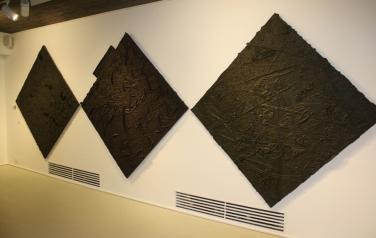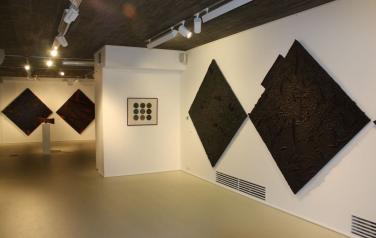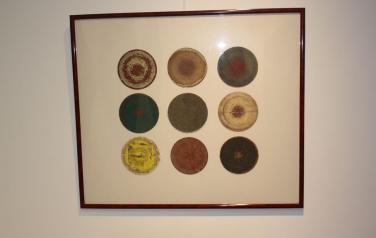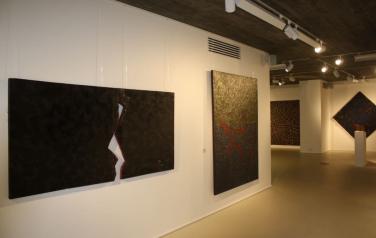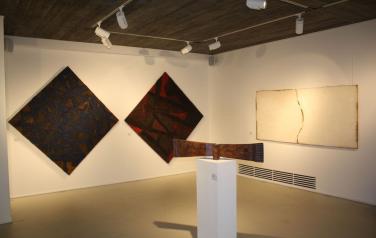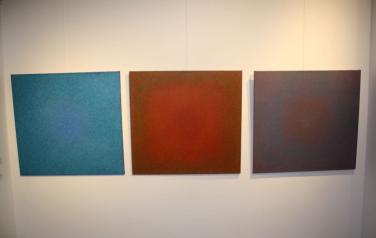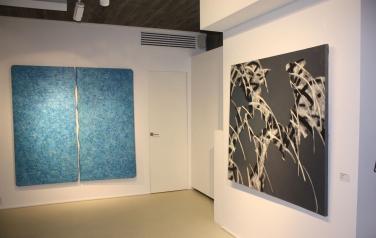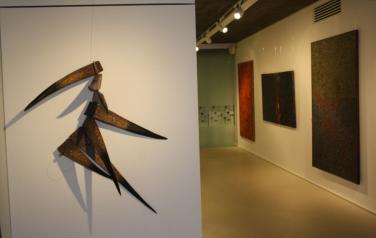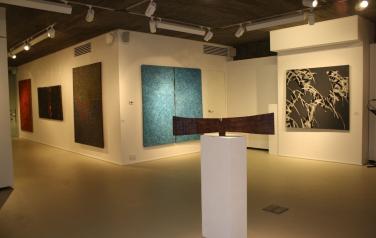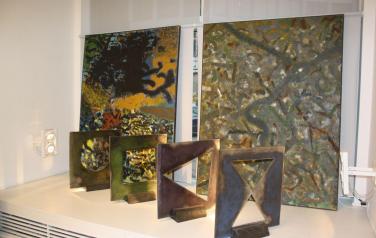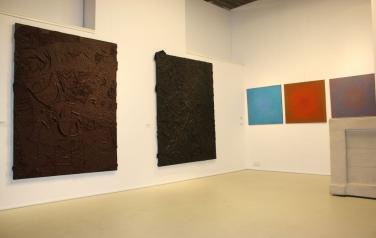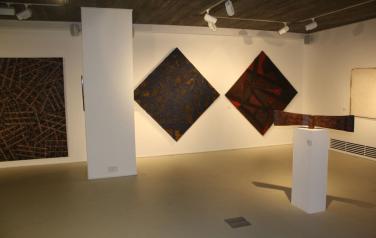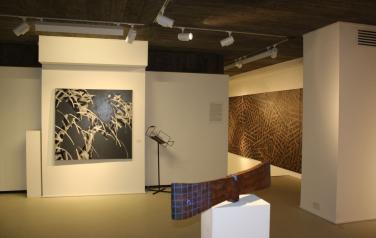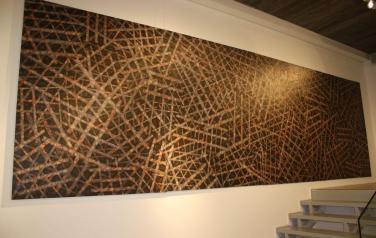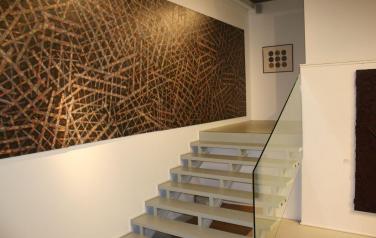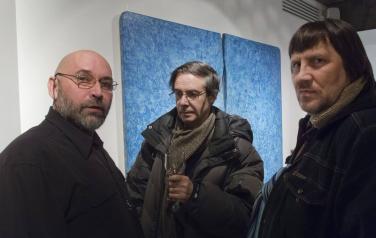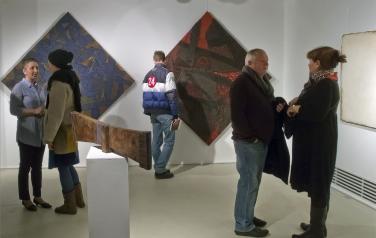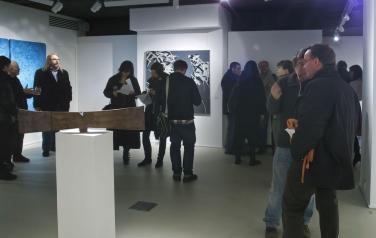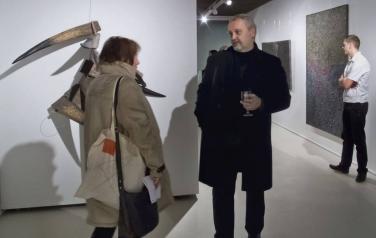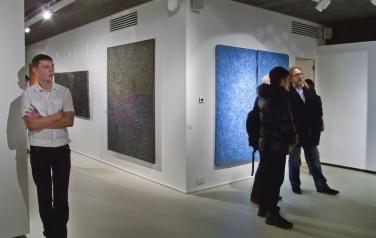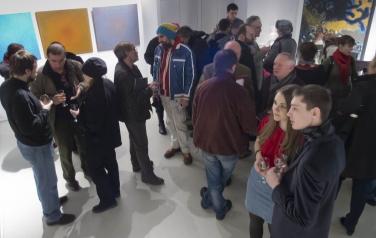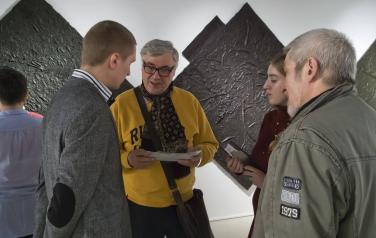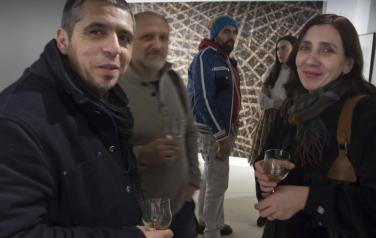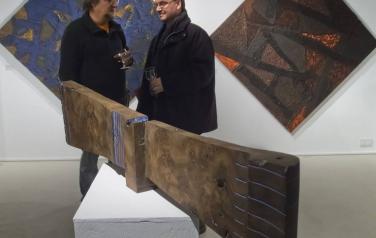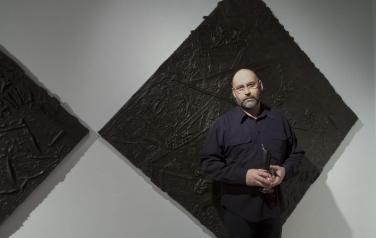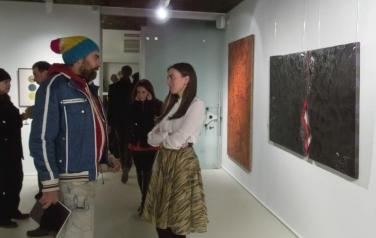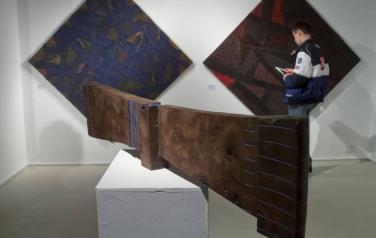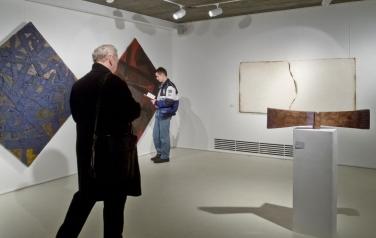Art has come to an end. Long Live Art!
The most curious thoughts about the end of the existence of composers belong to the famous composer Vladimir Martynov. Their essence is that it is impossible to compose something new. What is necessary is not even interpreting, but making one’s way to the roots, to the proto-forms, to the origins of sounding worlds. A similar problem, of course, is also relevant for the sphere of visual art. The world is overflowing with diverse painting, sculptural, and so on, texts. They pressurise us, merge into a roar, a cacophony. No matter which way you turn: towards the Classical tradition, the Avant-garde, Conceptualism – in any of these spheres you will be doomed to reinventing the wheel.
It takes great courage and honesty to admit it and continue working in the profession. Once, the artist Boris Markovnikov was struck by Pablo Picasso’s phrase, the one about the fact that Art had died, but artists remained. Boris had a shock reaction, the therapy for which was that he invented his own method of creating works. Before interpreting this method, let us remember to which line of art the work of this master belongs, with whom he associated, where he was raised.
It is clear that a formal place of learning – the Moscow Art College in Memory of 1905, from which Markovnikov graduated in 1978, could not then teach a way of looking which was even slightly related to contemporary art. His education was largely based on intuition, instinct and a passionate longing to create something new. In the epoch of Perestroika Markovnikov created the youth art group “Polygon”, whose members with difficulty, but courageously, investigated the possibility of abstraction in the then contemporary context. Of course, in the “zero” years the group broke up, each went his own way. However, Markovnikov retained the conviction that Art is endless experiment, hard work and a mission, to which one should have an attitude of devotional seriousness. Namely this knowledge and belief have helped him to cope with the challenge made by Picasso and to give it a decent answer. In some ways, this honest answer is supported by the very tradition of new Russian abstract art that was created primarily by the masters of the 1980s generation. For the artists of this generation, material – working with it, scrupulous observation, the ability to not only see it, but, as if, hear its breathing – was sacred.
So, Boris Markovnikov invented a method, how to stay in Art and not be secondary. The method, as any work of genius, is simple. Firstly, a painting surface of the most beautiful texture is created. Then it is ruthlessly destroyed using black paint. Further, the technique of grattage (scratching) is employed, the top layer of paint is scraped off and there appears a work of art, in which different layers of the painting’s surface are revealed in the most powerful force of permanent conflict, struggle and resistance to nonexistence. Incidentally, this path of non-reconciliation with the total onset of the banal and the secondary was chosen by another artist working with abstraction, Victor Umnov. He covered huge pieces of old chipped tin with words. However, having understood that in this way he had entered already occupied territories, he relentlessly painted over the letters, interrupted phrases with the edges of tin strips, wounding his creations, making the words almost illegible. He honestly presented the signs of struggle and resistance.
Boris Markovnikov believes that voluntary acceptance of the fact that Art no longer exists, that what remains of it is only commentaries to it and, partially, the path of Conceptualism, – is a kind of capitulation. “When the territory of Art becomes only the territory of clever people, it becomes boring. It’s engineering”.
His works are, in some ways, experiments on the limits of our consciousness and even psyche. One of his works, featured at the exhibition “Fragment”, is called “The Trinity”. This is a triptych on the theme of the study of the inner nature of light, not superficial, but deep, internal, that which is born in consciousness. It is a practical experiment. Each of the canvases offers endless movement towards the essence of the interaction of colour sequences. The rendering of the work is simply superbly beautiful. The hard work of the brain leads to a state of stupor, no less than when visiting the rooms-laboratories of colour made by the great contemporary master James Tarrell.
Knowledge of the nature of material, the study of colour landscapes, and even, by Boris Markovnikov’s own admission, colour ruins, compel us to recall many of the great masters of abstract art of the second half of the 20th century – beginning of this century: from Mark Rothko to Pierre Soulages. However, Boris Markovnikov remains true to himself. He has no idols. He ecstatically experiments with material again and again. He remains an artist. Even when Art has come to an end.
Sergey Khachaturov
